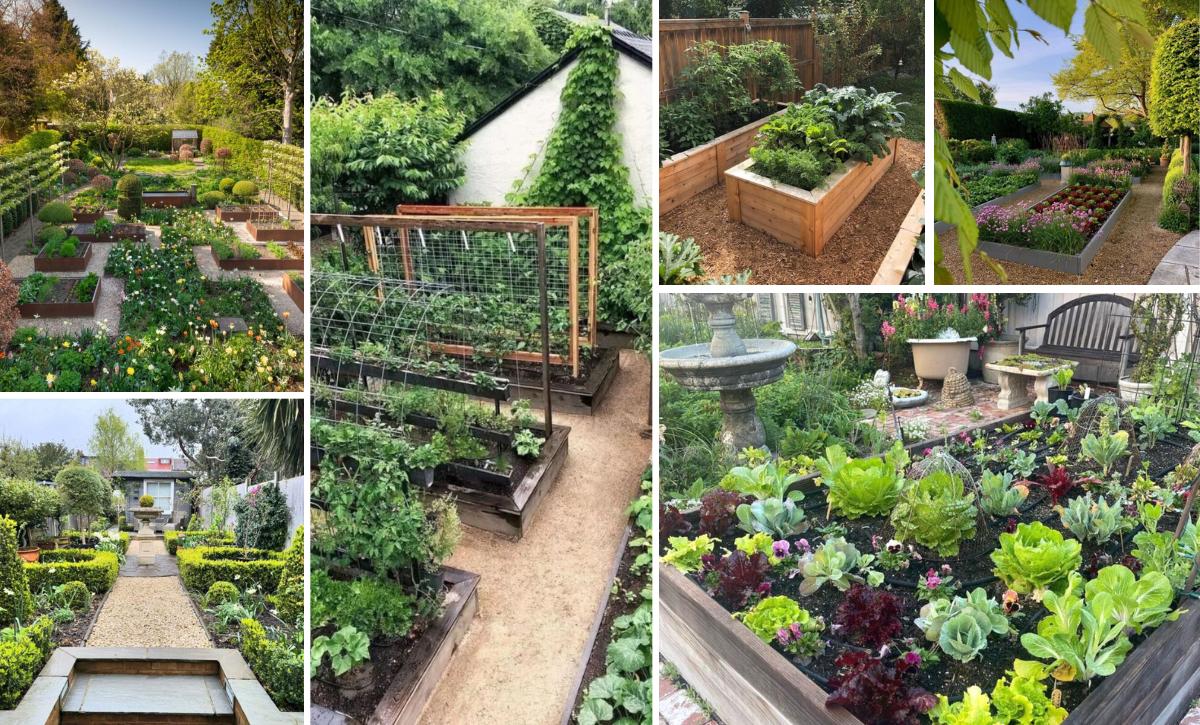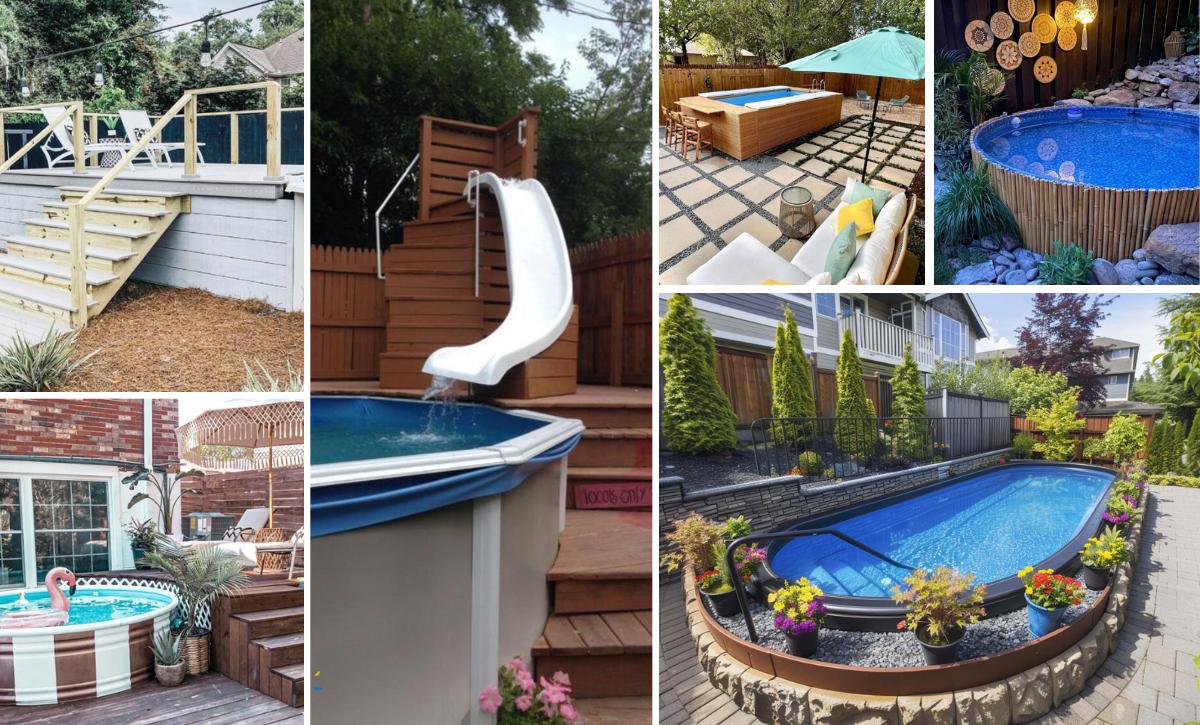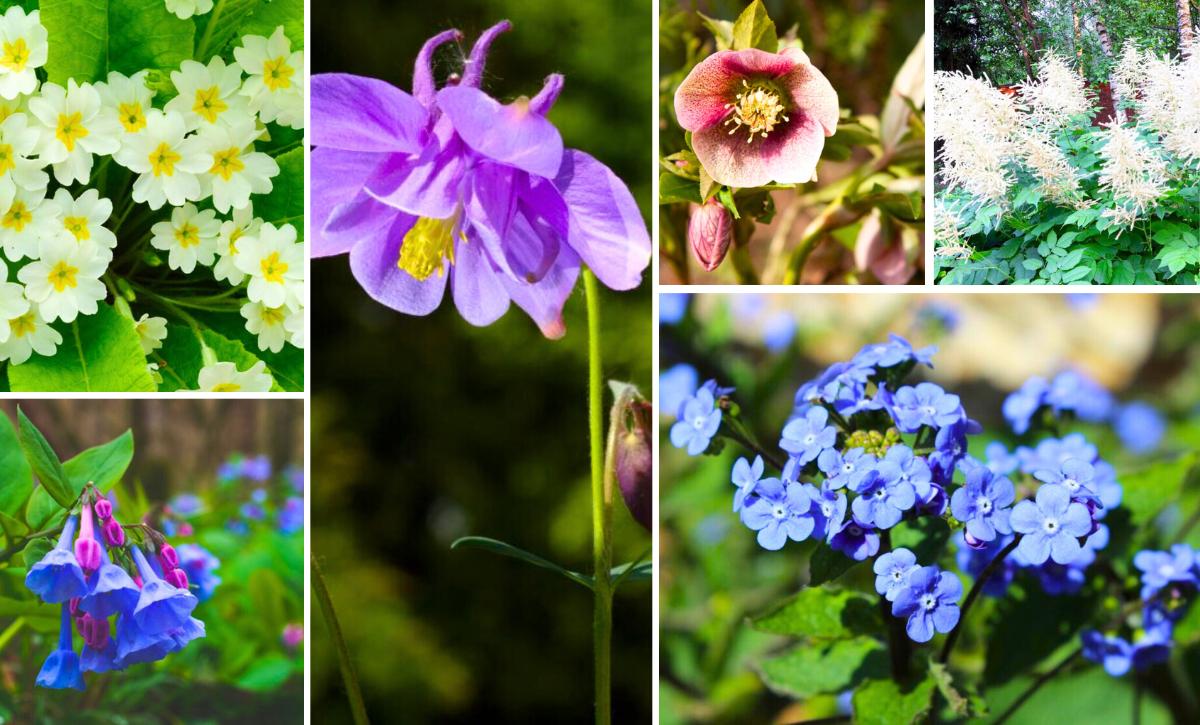Many gardeners are familiar with the basic concepts of gardening and plant needs, such as light, humidity, and appropriate temperatures. However, there is one concept that appears elusive to most; fertilization.
Fertilizing plants ensures that they are replenished with the right nutrients for growth. Advancements in the agricultural industry have seen the availability of granular, organic, chemical, and liquid fertilizers. It’s important to understand the meaning of different terms in fertilizers so you can choose the appropriate one for your plants.
In this article, we’re going to discuss the 14 14 14 fertilizer that provides plants with the essential nutrient boost.
Understanding when and how this fertilizer is used could be crucial in boosting the growth of your plants. Here we have prepared a conclusive article on all you need to know about 14 14 14 fertilizer.
What Are 14 14 14 Fertilizers?
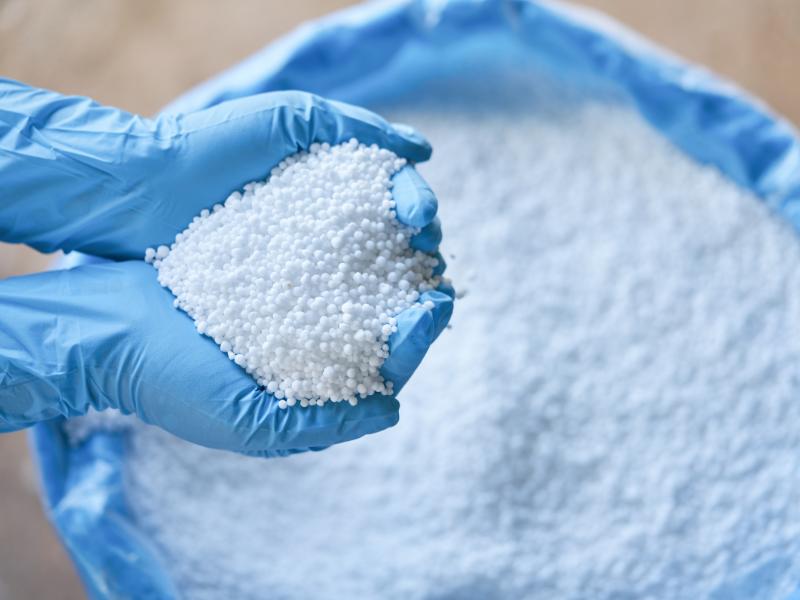
The triple 14 fertilizer is also referred to as the complete fertilizer. It contains most minerals needed for a plant to grow quickly and healthily.
Understanding how this fertilizer works is important to reduce complications such as overfertilization, which can impact your plants.
What makes Triple 14 so preferable is its ability to mix with organic fertilizers.
What is the Meaning of 14 14 14 on the Fertilizer?
14 14 14 isn’t just a randomly picked number on the fertilizer. It’s, in fact, related to the distribution of minerals in the fertilizer, and a triple 14 means there’s equal distribution of minerals.
This means the fertilizer contains 14% phosphorus, 14% nitrogen, and 14% potassium. As for the other 58%, different minerals are distributed in it depending on the brand. The number 14 is included in the fertilizer since these are the prominent minerals and, as such, the highest percentage in the mineral.
Some other minerals in this fertilizer include sulfur, chlorine, iron, calcium, or manganese.
Understanding these percentages will also help you decide the type of fertilizer you need based on your soil test.
Benefits Of 14 14 14 Fertilizer
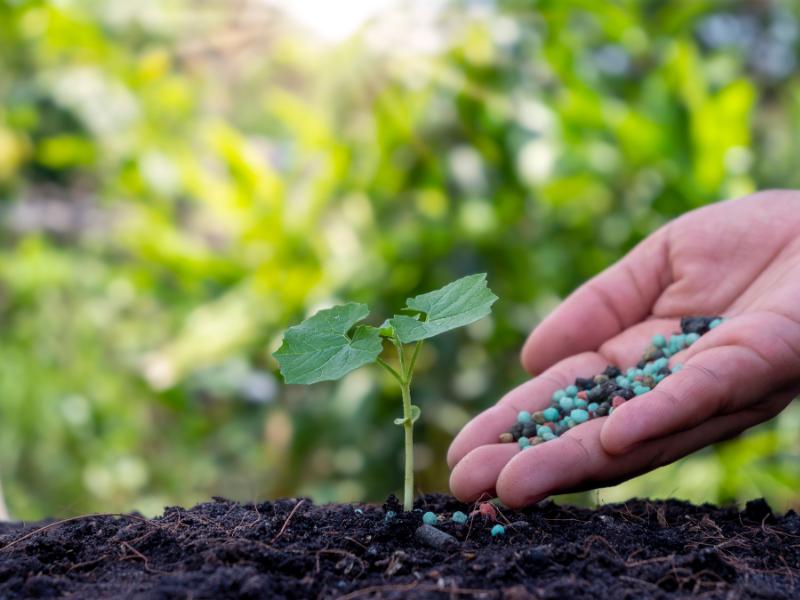
This is the most important question on this fertilizer; what are its minerals, and what are the benefits of these nutrients to your plants?
Each ingredient or nutrient in the fertilizer serves a different function and offers various benefits to a plant.
Here is a detailed look at the nutrients!
Nitrogen (N)
You may be wondering how nitrogen, a gas, is contained in a fertilizer. However, this gas is important to plant growth, and specialists have found a way to bond it with different chemicals to help plants absorb the nutritional value of this compound.
In a plant, nitrogen is a crucial component of chlorophyll that’s necessary for photosynthesis. Nitrogen is also found in plant proteins and components that produce energy in a plant.
One clear and fascinating fact about nitrogen is that it’s a part of many plants’ DNA. With this in mind, it’s evident why you need to ensure an appropriate nitrogen concentration in your plant.
Phosphorus (P)
This is also a main component in plant cells. Phosphorus is used in the growth and division of cells. This inspires the development of the plant and protects it during harsh weather conditions such as winters.
The presence of this mineral also improves tillering in plants. This encourages branching and the formation of side shoots on the plant.
Plants that lack phosphorus may exhibit several signs, such as wilted leaves and stunted growth.
Potassium (K)
There are several benefits of potassium to a plant, such as:
- Increasing protein intake in plants
- It is used in the photosynthesis process hence essential for growth
- Promotes the growth of roots and improves moisture through adjusting water vapor, oxygen, and CO2 circulation.
Plants lacking in potassium will have young leaves with smaller blades; the leaves will have a wilting appearance and droop.
There are several potassium-based fertilizers that can be found under the muriate name of potash.
When To Use It
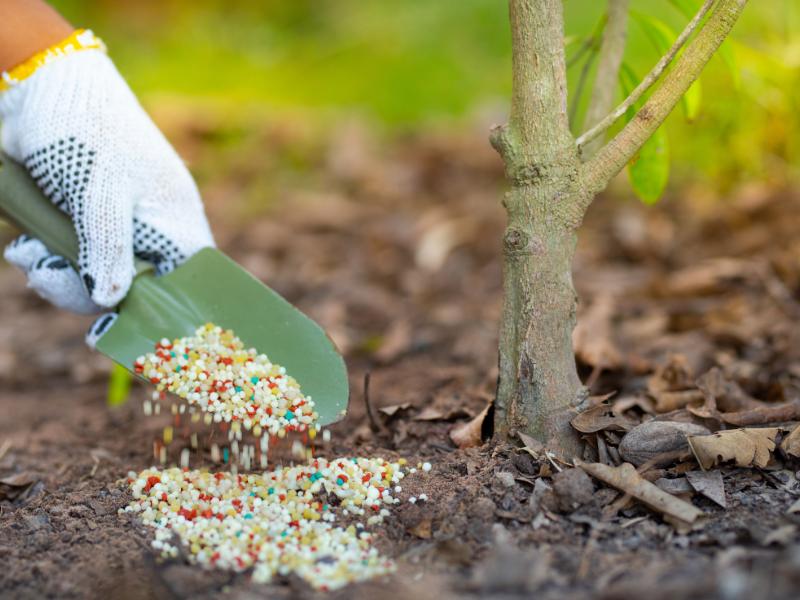
When using this kind of fertilizer, it’s important to understand that sometimes even rations of 10-10-10 on NPK fertilizers won’t be enough. Using fertilizers with high concentrations is more advisable.
In case your plant exhibits wilted growth, it’s better to use 14-14-14. A controlled application of this fertilizer could do wonders for your plant.
The Application Rate
For many fertilizers, the application rate will be on the box or the wrapping of the fertilizers.
If the application information is unavailable, then you’ll have to calculate it independently. The normal industry standard for application is 1 lb. of fertilizer per 1000 square feet.
Here is a simple formula you can follow for the calculation:
1lb fertilizer x 1000sq ft= 1000. Now, to understand the NPK ratios, you’ll need to turn the percentages into decimals, so for nitrogen ratio 14, use 0.14 in the formula like so,
1000/ 0.14= 7.1
This means for 1000 square feet, you’ll need 7.1 lb. of the 14-14-14 fertilizer.
You don’t have to be a math genius to do these calculations. Simply multiply 1lb fertilizer by the square feet you have, and divide the result by the nitrogen percentage (after converting to decimals, of course).
Easy, right?
How Is 14 14 14 Fertilizer Used?
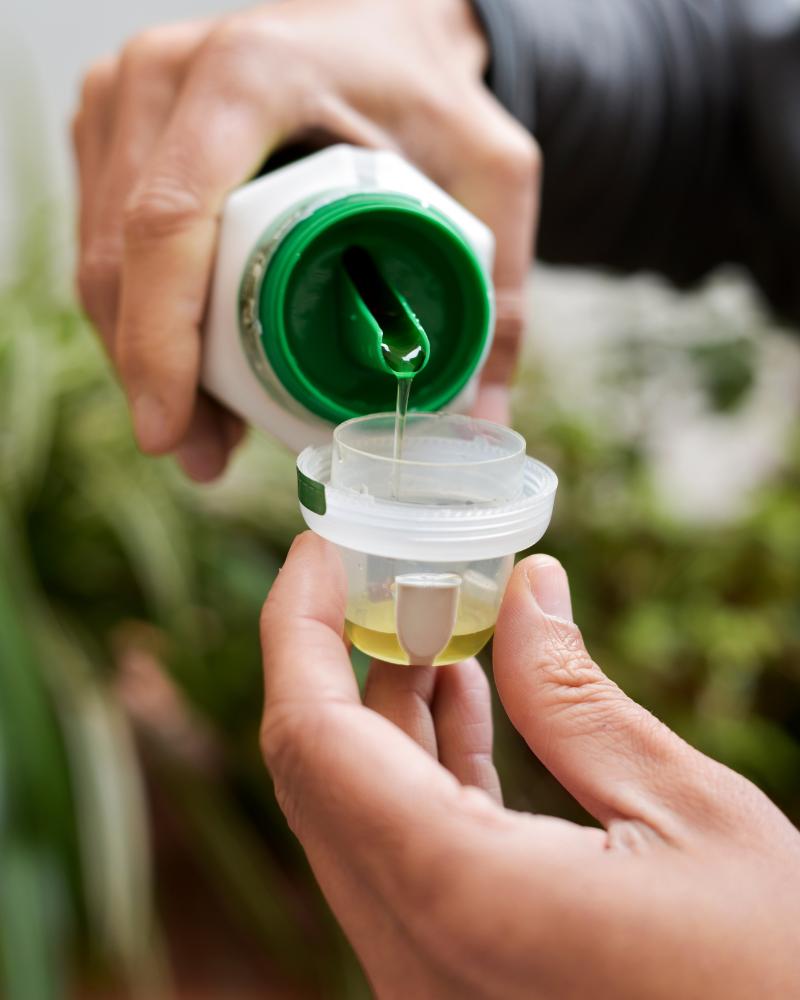
If you decide to use this fertilizer for your plants, you should know how to use it.
Let’s look into it!
The first thing you need to do is decide on the application method; this may be a granular spreader or a liquid sprayer.
The next step is diluting the fertilizer (we’ll discuss this in the next section).
If you’re using a granular spreader, ensure it’s adjusted correctly, as you want the fertilizer to be evenly spread.
To be as accurate as possible when applying fertilizer, ensure that you perform a soil test.
Once you perform the test, use the above mentioned method to calculate how much fertilizer you’ll need.
How to Dilute Triple 14
Diluting the fertilizer will depend on the amount needed for your crops. For most fertilizers, the water dilution ratio will be on the label or fertilizer packaging.
I have always followed the rule of thumb of adding 2-3 cups of fertilizer to a gallon of water, which has worked well so far.
The fertilizer will need about 24 hours to dissolve completely. This will improve the fertilization results.
Safety Precautions
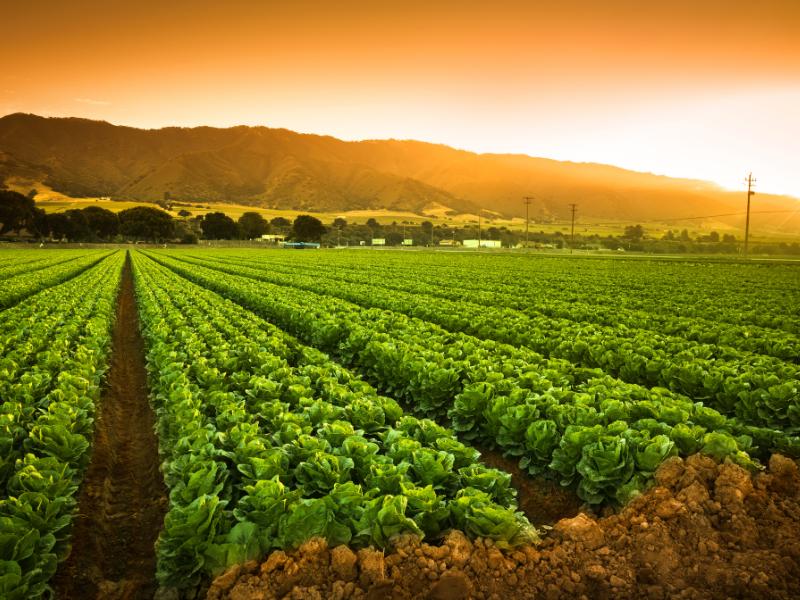
Like many other chemical-based products, fertilizers need to be handled with care.
Here is a list of 6 precautions to keep in mind when using the triple 14 fertilizer.
- It’s important to focus on the dosage needed by the plants. Over-fertilization can lead to stunted growth, burning, and a trove of undesirable outcomes.
- Under fertilization or light fertilization, on the other hand, will cause plant discoloration, affect root growth and diminish flowering.
- Ensure that you wear gloves before handling any fertilizer. Compounds in the fertilizer, such as nitrogen, contain toxic elements that shouldn’t come into contact with your skin.
- Wearing safety glasses is also important to protect your eyes from coming into contact with the fertilizer (if it can damage the skin, imagine what it’ll do to your eyes!)
- Ensure you wash your hands before using triple 14, as it can lead to chemical burns.
- The fertilizer should be stored in a safe place after use. This should be away from pets and children.
Using Triple 14 With Potted Plants
To use this fertilizer on potted plants, you’ll need specialized gardening tools such as a rake (a smaller version based on the size of your pot).
Scoop some fertilizer with your hands (with gloves on, please). Spread the fertilizer around the potted plant and use the rake to distribute it evenly. This allows the roots to efficiently absorb all the nutrients contained in the fertilizer.
Once you’re done with the application, water the plant thoroughly.
What Is The Best Time To Apply Triple 14?
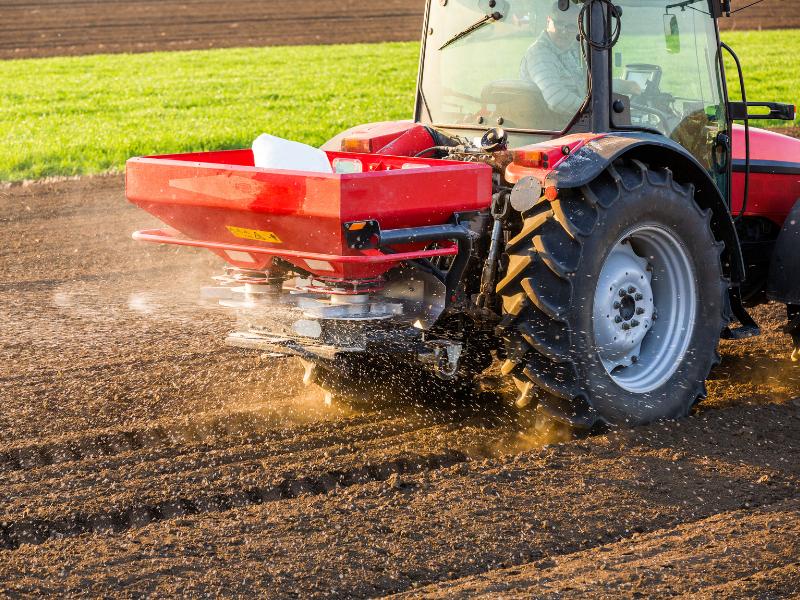
Ever heard of the phrase, it’s important to pick your moments? This applies to the 14-14-14 fertilizer. Choosing the wrong time could lead to undesired outcomes.
For example, applying the fertilizer in the early morning could lead to grass burn due to the strong chemicals in the fertilizer.
Triple 14 should be applied late afternoon or early evening since it’s a slow-release fertilizer.
For many gardens, the optimal time for watering is during the early evening. As the day comes to an end, there are increased levels of humidity. This increases the water retention rate, even though the water evaporates as nighttime approaches.
Ensure that the grass is dry (as dry as possible) when applying this fertilizer. This is because applying the fertilizer on wet grass or soil could lead to an adverse impact than those desired.
Wet grass becomes sticky as the fertilizer sticks to grass blades. As such, not all the fertilizer applied reaches the soil. These effects become even worse when the sun hits the grass, causing burns and preventing the minerals from reaching the soil.
When applied to dry grass, the fertilizer can easily pass through the grass to the soil where it should be.
How Often Should This Fertilizer Be Applied?
Since it’s a slow-releasing fertilizer, the triple 14 should be applied once during the growing season. This application method should work for potted plants.
According to some manufacturers, the fertilizer may continue to feed for several months after application. As such, applying the fertilizer after every 3-4 months will yield the best results.
If you are applying the fertilizer to a lawn, ensure you apply it once every growing season. Increasing the frequency of application will burn the lawn bed and the plants on it.
Price
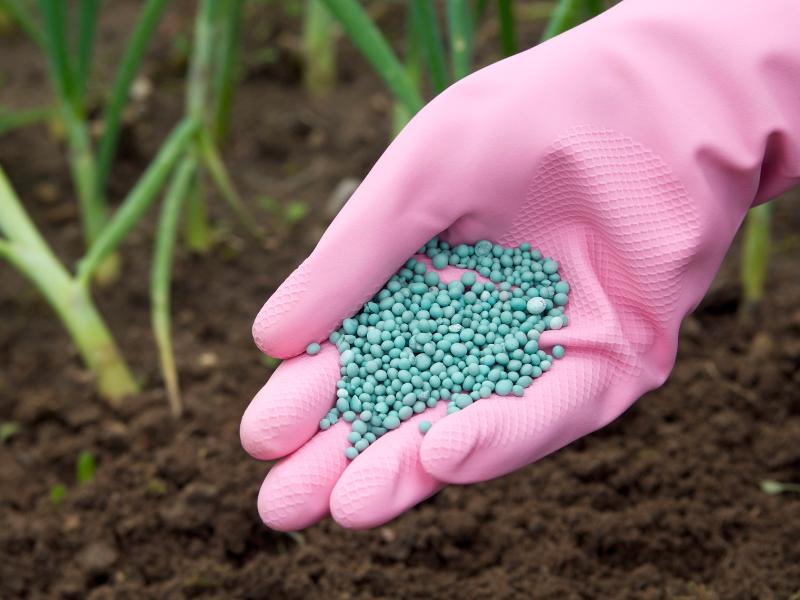
How much will you pay? This will depend on your chosen manufacturer and the quantity you want. With a wide range of fertilizers, something should definitely suit your preference.
If you go for a water-soluble fertilizer, you may have to cough a bit more.
Prices range anywhere between $15 and $160.
Best 14 14 14 Fertilizer To Use
Here is a list of the best features to consider when choosing a Triple 14 fertilizer:
Controlled Release: Using a controlled-release fertilizer allows you to calculate the diffusion time of the fertilizer. This can’t be done with an extremely slow-releasing fertilizer.
Granules: For the granules to activate, they must be at the right temperatures (higher temperatures encourage the release of minerals). At lower temperatures, these granules will fail to activate. Since the fertilizer is applied during the summer, which is the growing season, the temperatures should just be right.
Range: This refers to the possibility of the fertilizer being applied to different types of plants. Plants grow in vegetable gardens, hanging baskets, potted plants, or flower beds.
Long-lasting: The fertilizer should last for a long term.
14 14 14 NPK Ratio And Plants
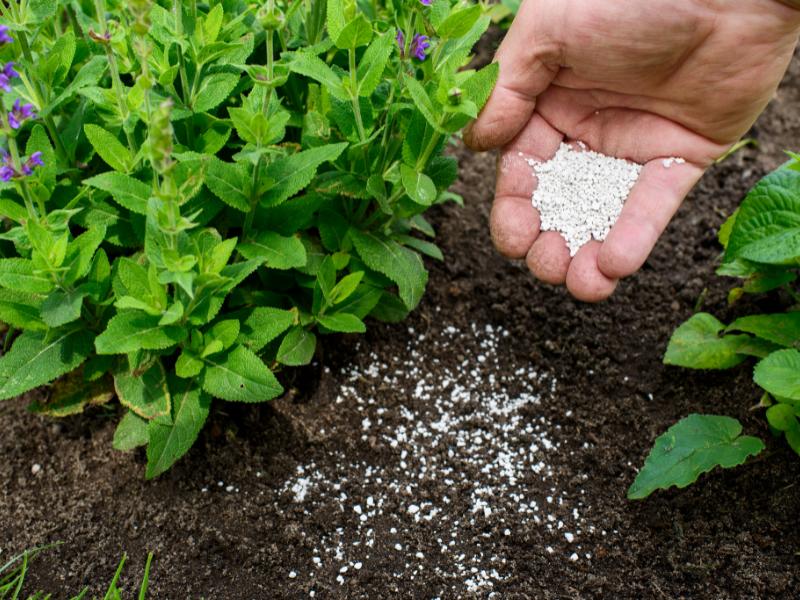
This fertilizer can be used on plants such as roses, rice, orchids, trees, etc.
It’s important to note that different plants will need different amounts of fertilizer, so ensure you stick to the manufacturer’s guidelines to avoid overfertilization.
Using 14 14 14 on Succulents
Triple 14 granular fertilizer produces excellent results on succulents. At least, that has been my experience.
Since succulents are mostly low-maintenance plants, they don’t have to be fertilized frequently. Use one tsp of the fertilizer for each plant.
The granular version has always worked for me as it deals no damage to the delicate roots of the succulents.
14 14 14 and Tomatoes
For tomato plants, the roots are the main part that needs plant food or fertilization.
For each tomato plant, apply about 4 tsp of the fertilizer.
For an even better result, add a bit of bone meal to the plants. I am sure you’ll marvel at the results!
Frequently Asked Questions
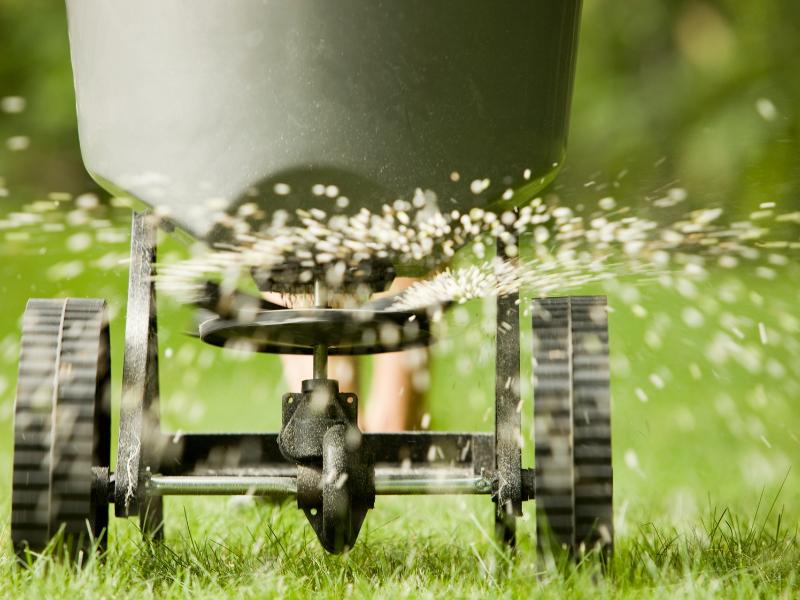
How is monosodium glutamate used as fertilizer?
To use Monosodium glutamate as a fertilizer, you first need to factor in the age of the plant. Young plants need about 1-2 tbsp of Monosodium glutamate and 1.32 gallons of water. If the plants are older, use 5 tbsp to 0.26 gallons of water. Apply it twice a month for both young and old plants.
What is the difference between 14 14 14 and Osmocote?
The main difference between the two is the NPK ratios in the fertilizers. For Osmocote, you have 19-6-12, while triple 14 has 14-14-14.
What is the best fertilizer for me?
This largely depends on the minerals needed in your soil. It’s for this reason that performing a soil test is recommended. When purchasing fertilizer, pay attention to the NPK ratio and product quality. For instance, if the soil test shows that it lacks nitrogen, you can use a nitrogen-based fertilizer such as urea with an NPK ratio of 46-0-0 or opt for balanced fertilizers such as triple 17.
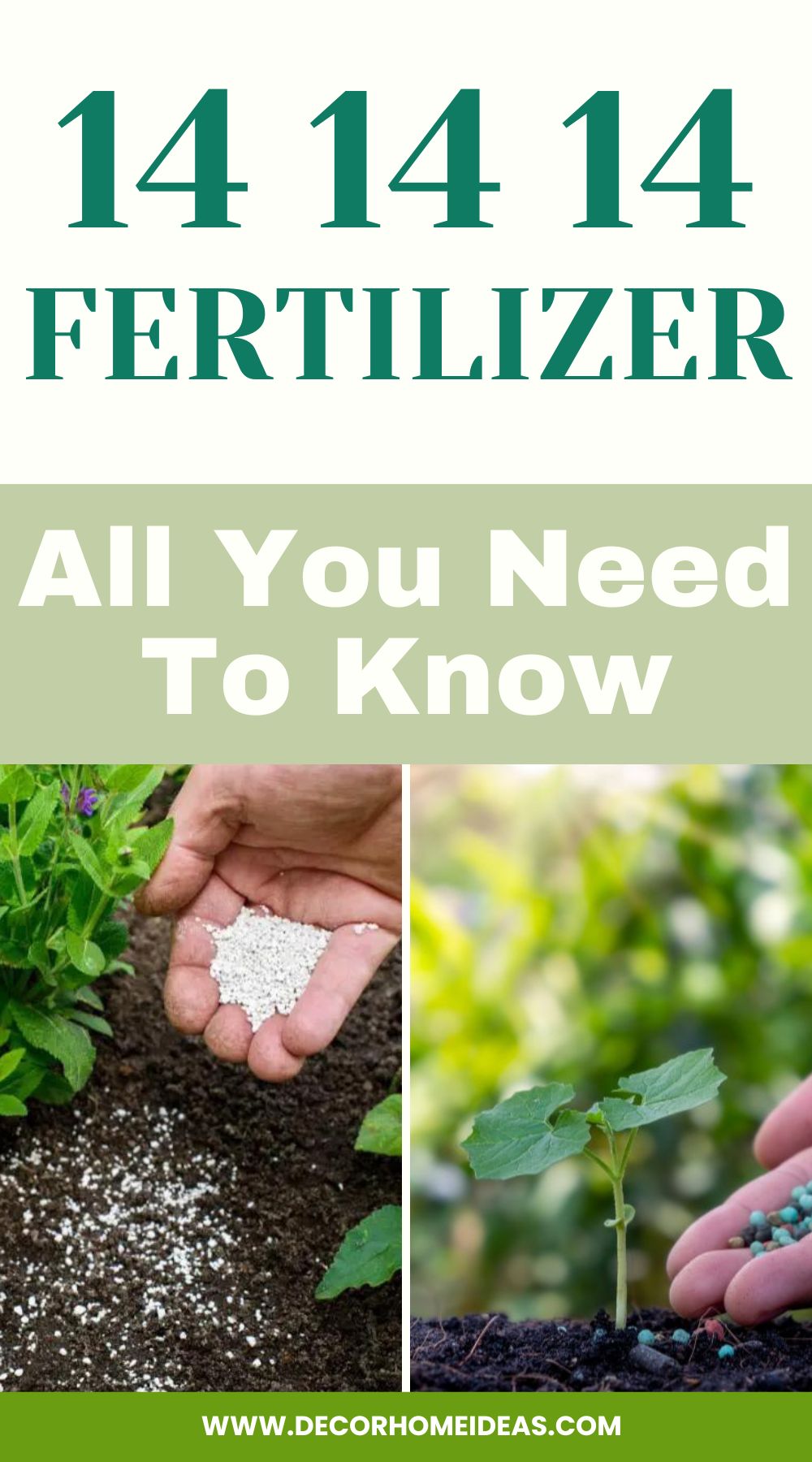
Bottom Line
As a gardener, you always want what is best for your plants. Whether it’s in a lawn, a garden, or potted plants, there is some satisfaction in seeing your plants thrive.
Feeding your plants with the right fertilizer in the right amount could ensure that you derive some happiness in seeing them flourish.
There are many fertilizers available on the market. With all knowledge that you now have about triple 14, there’s no reason why you shouldn’t try it.
Follow the guidelines outlined in this article to apply them to your plants, lawn, or garden, and you’ll have them flourishing in no time!


